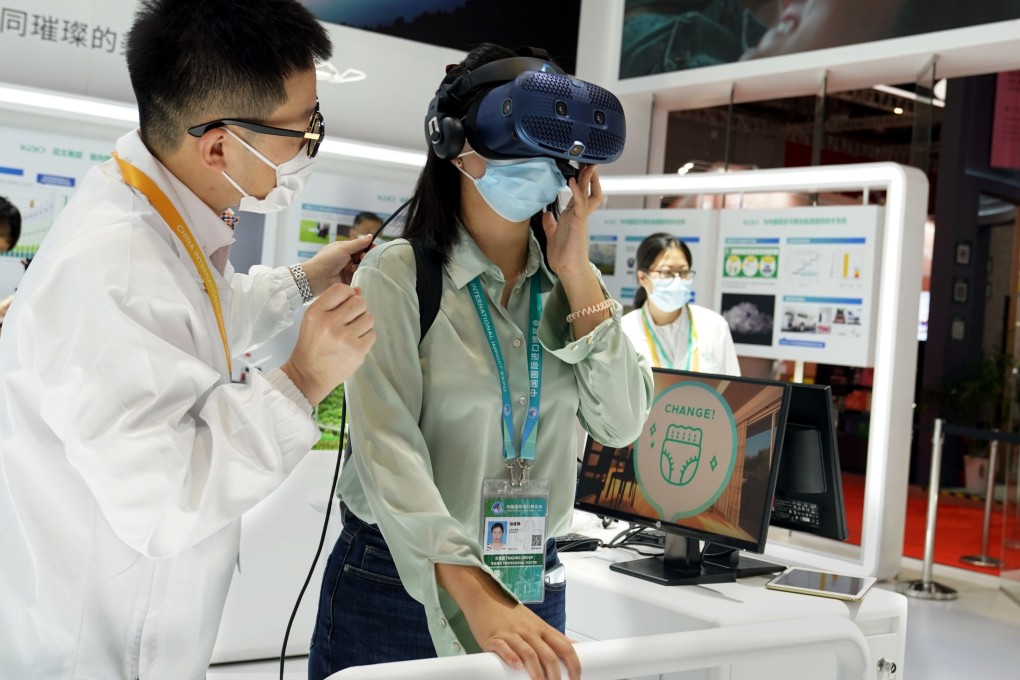Advertisement
The View | Five reasons China’s shift to an innovation-based economy will succeed
- Even amid rising geopolitical competition, it’s a question of when – not if – China will transform itself
- Despite its progress, China needs to improve its ability to transform scientific and technological achievements into products and services
Reading Time:3 minutes
Why you can trust SCMP
5

After more than 40 years of reform and opening up, China is striving to transform into an innovation-driven economy in the next decade. Some might have doubts, but China has made rapid progress in the past few years.
The Communist Party Central Committee emphasised high-quality growth in a resolution adopted at a plenary session last month, and Vice-Premier Liu He later reiterated that China’s growth should be innovation-driven. The country’s top policymakers are firm in their belief that innovation will play a vital role in China’s economic development.
China is focusing on innovation as it grows into being a powerful country. The 14th five-year plan states that innovation remains at the heart of China’s modernisation efforts.
Advertisement
So, what progress China is making? And can it ultimately transform itself into an innovative-driven economy?
First, China’s innovation development is gaining international recognition. Its ranking in the Global Innovation Index, released by the World Intellectual Property Organization, rose from 14th in 2020 to 12th this year. As the world’s largest developing country and second-largest economy, China has made steady progress towards building an innovative economy.
According to the 2020 China innovation index, compiled by the National Bureau of Statistics and other government departments, overall development of innovation reached a score of 242.6 last year (in 2005, it was 100), up 6.4 per cent from 2019. Innovation has provided important support for maintaining China’s economic growth and promoting high-quality development.
Advertisement
Select Voice
Choose your listening speed
Get through articles 2x faster
1.25x
250 WPM
Slow
Average
Fast
1.25x

